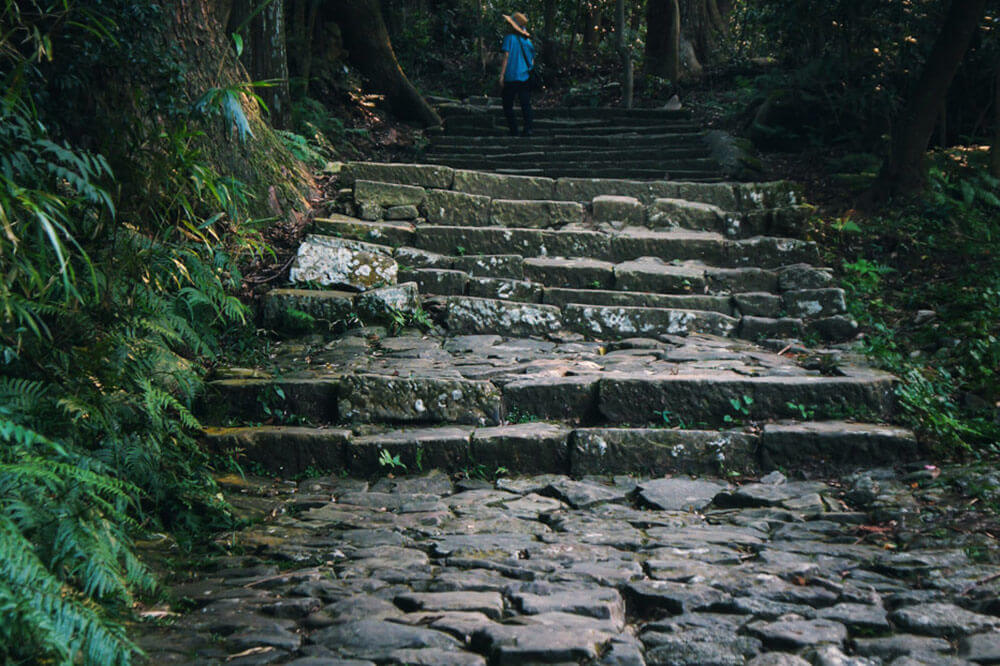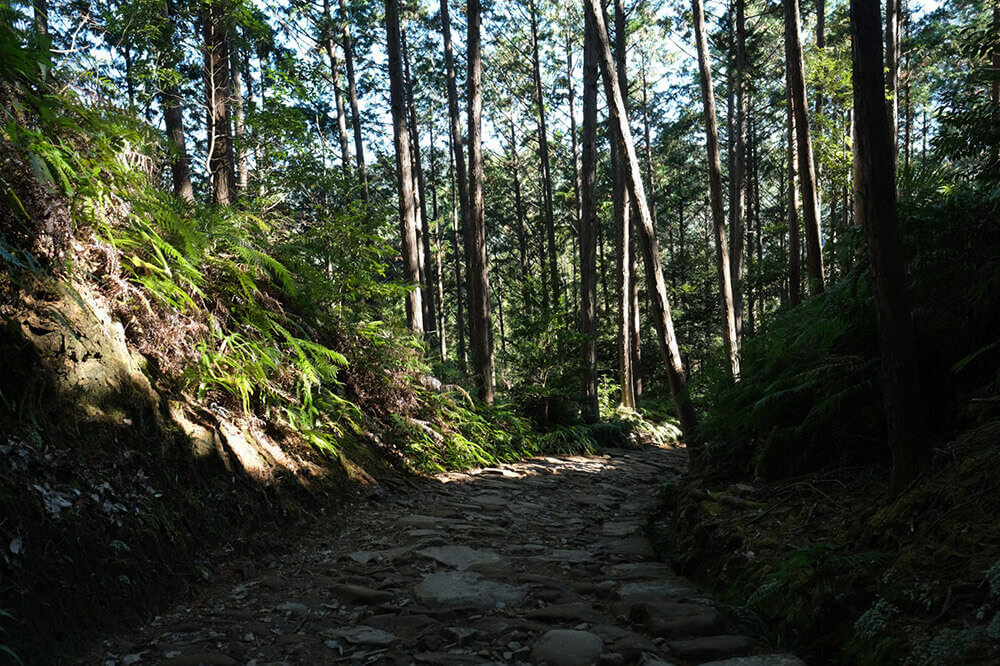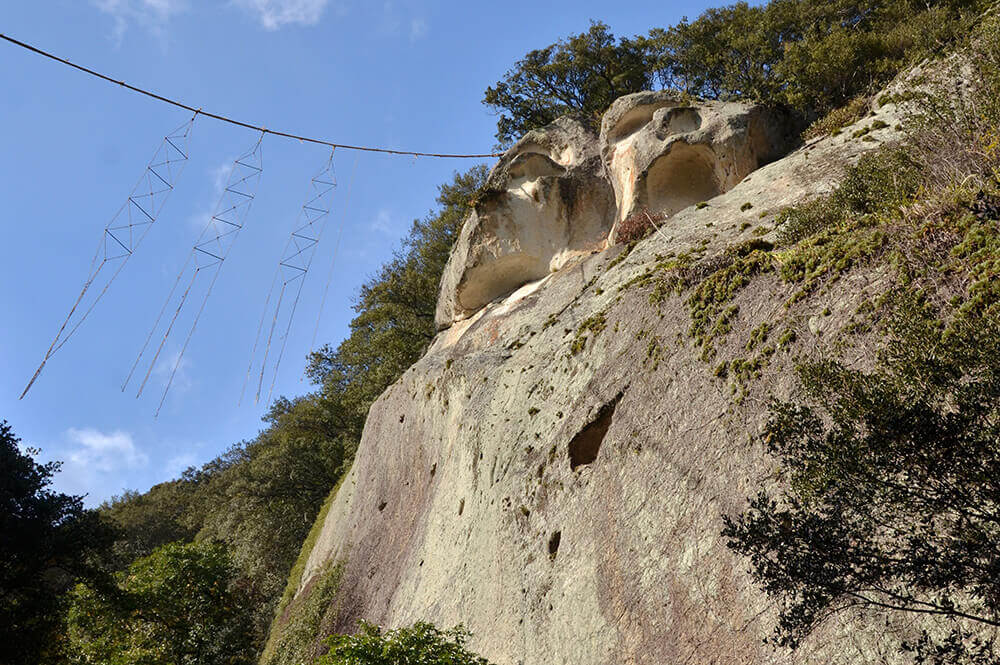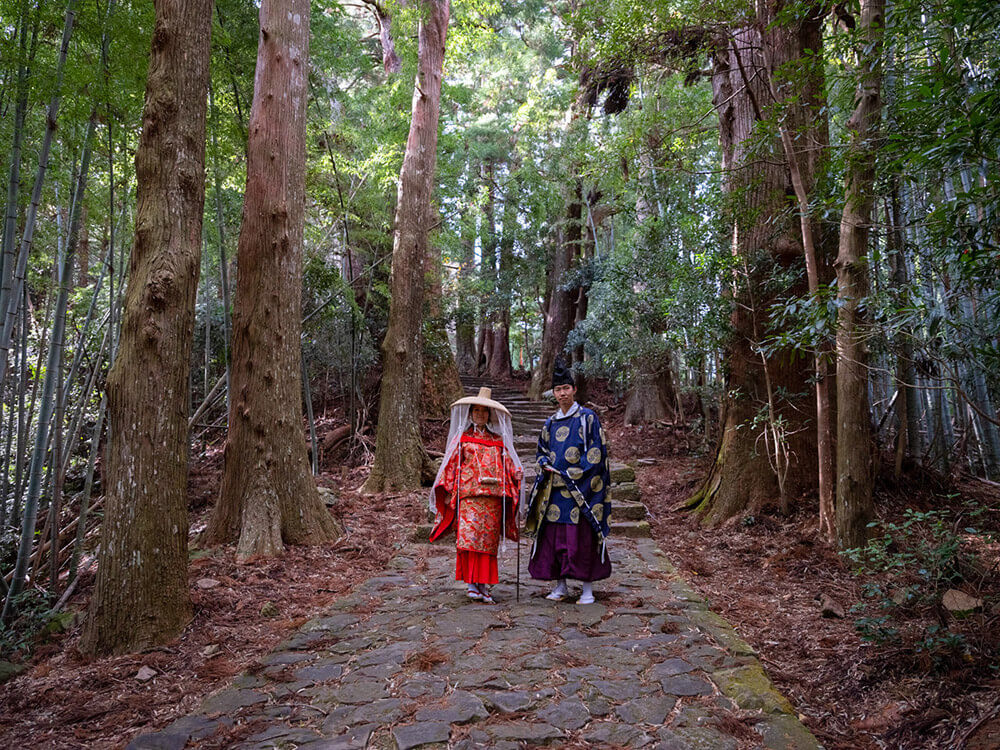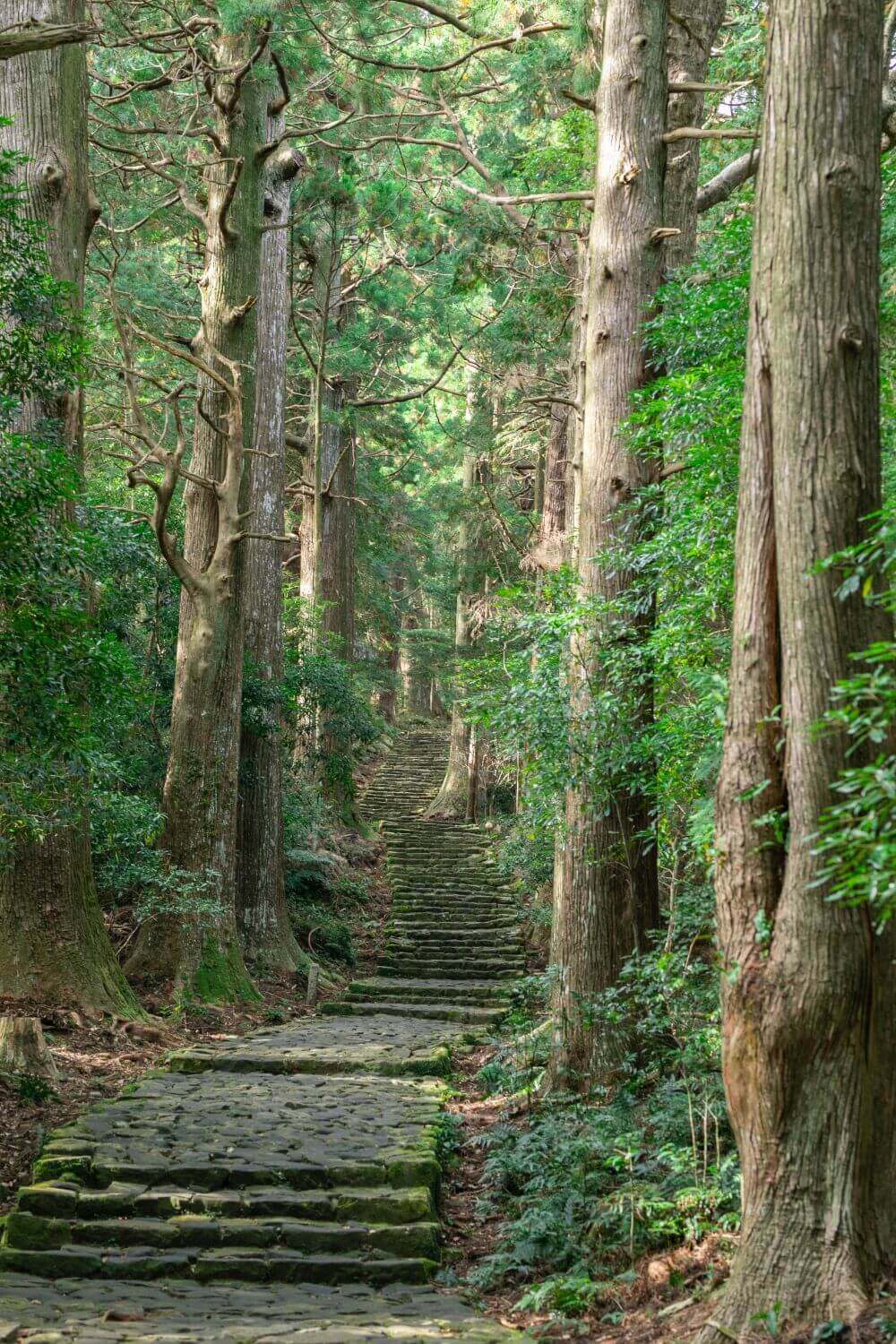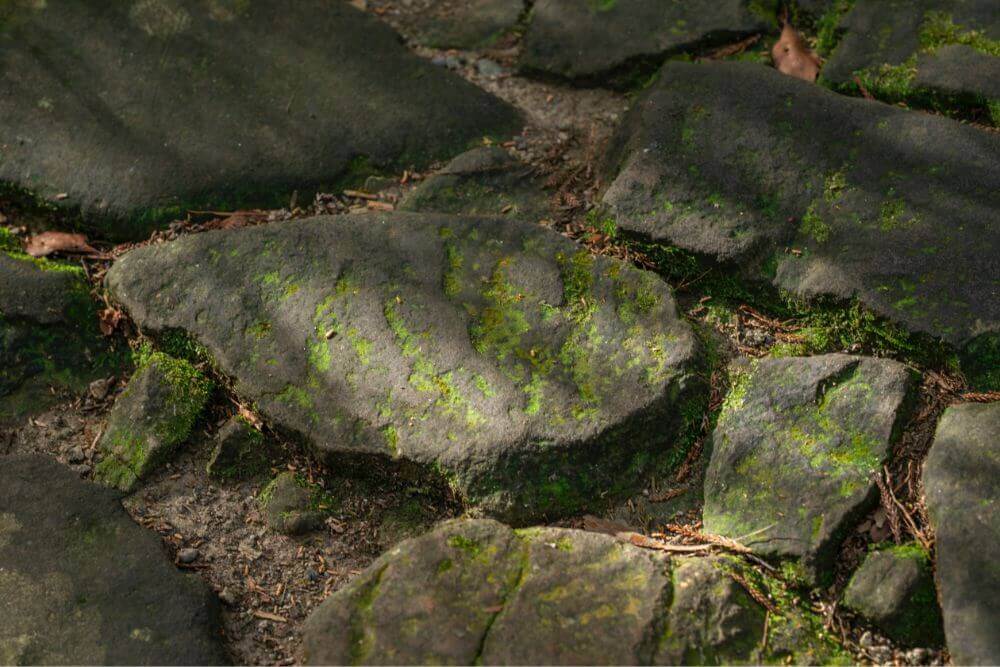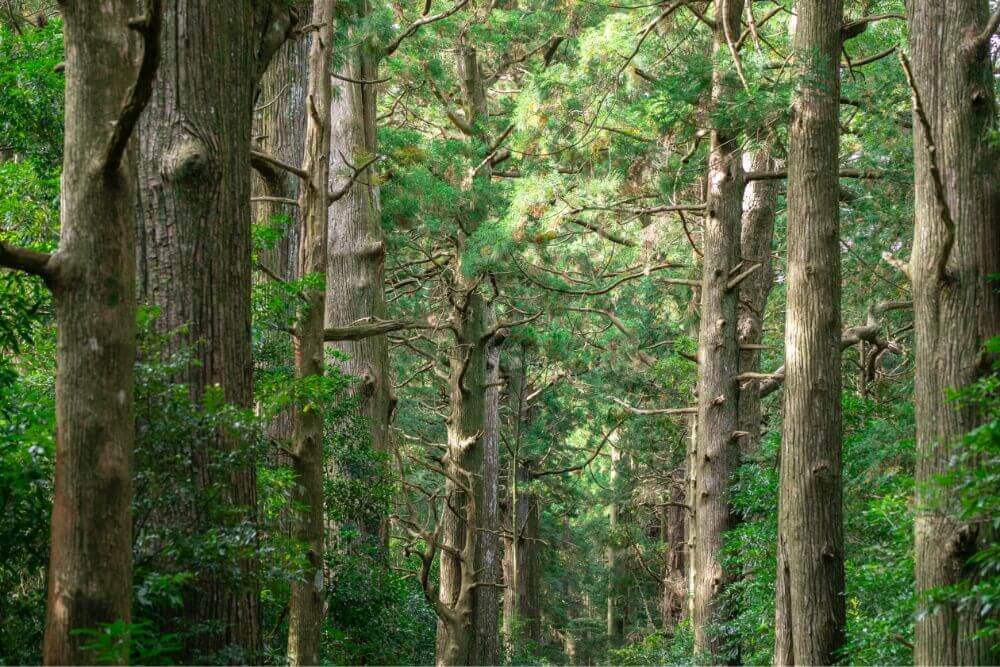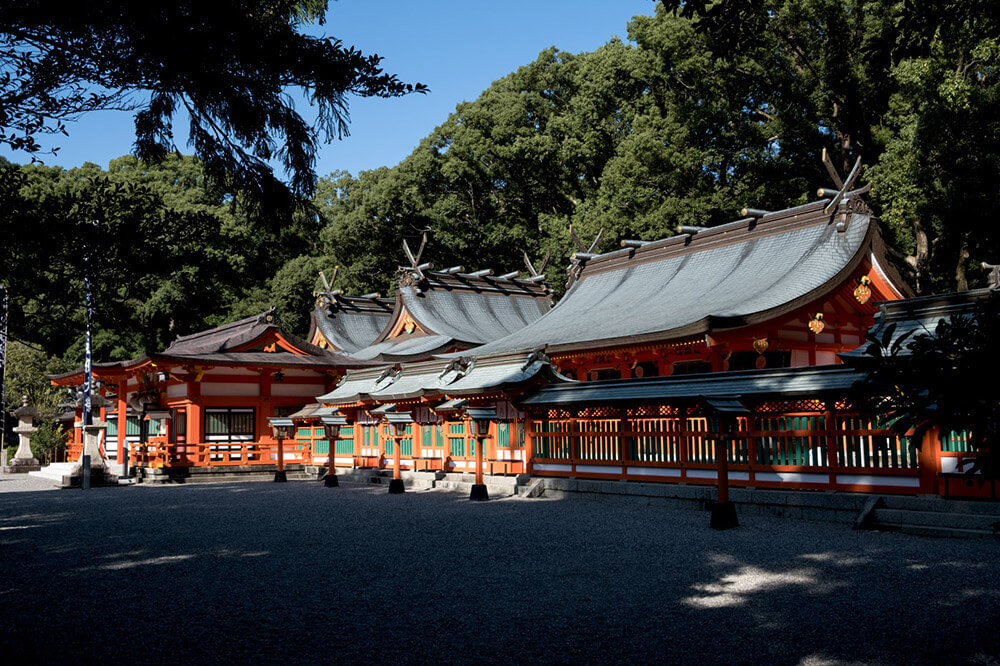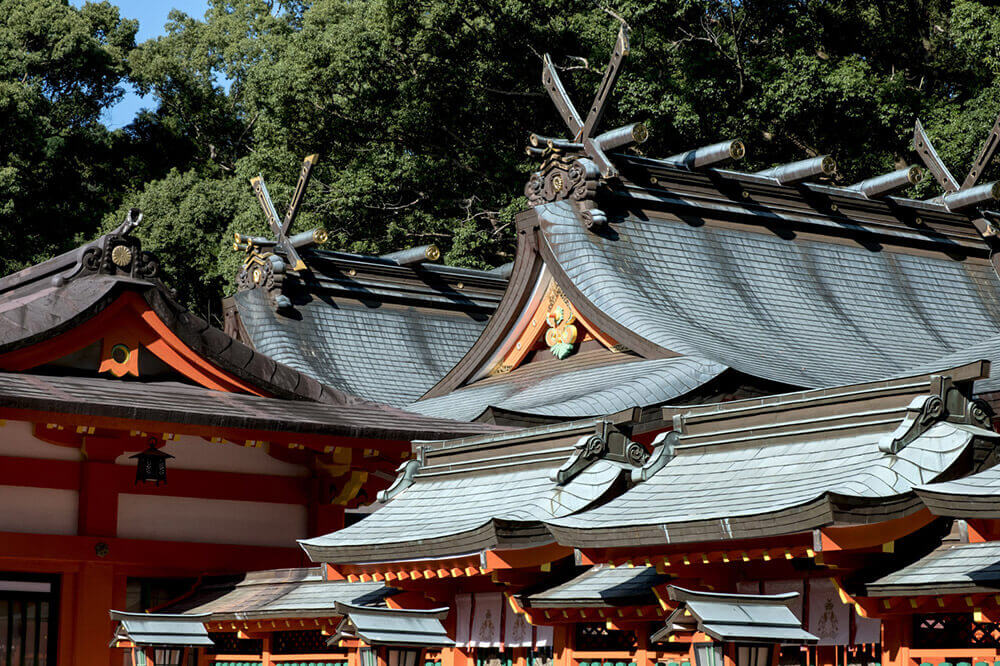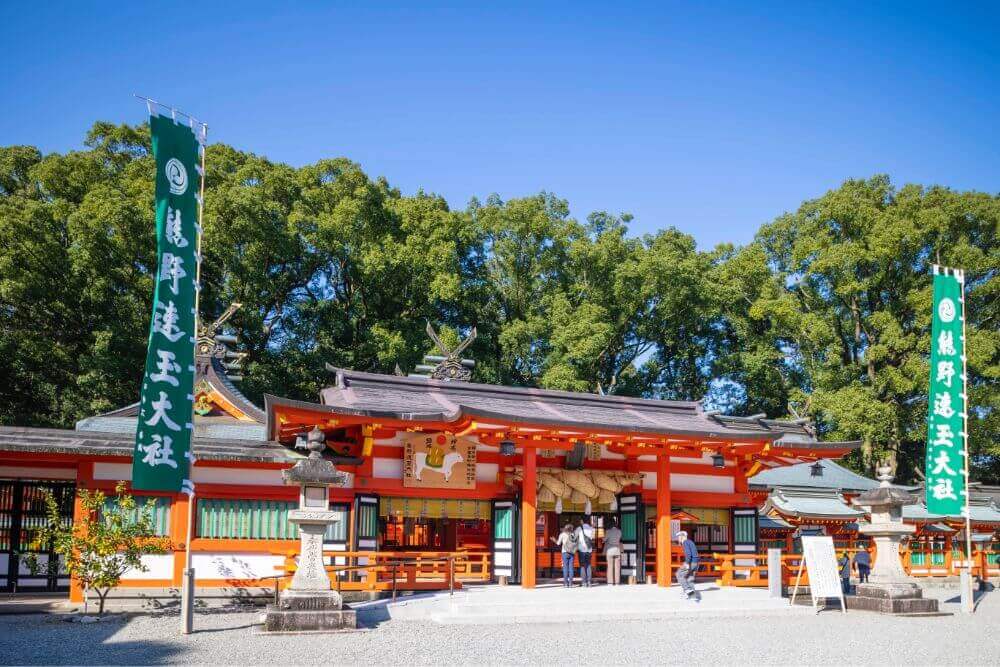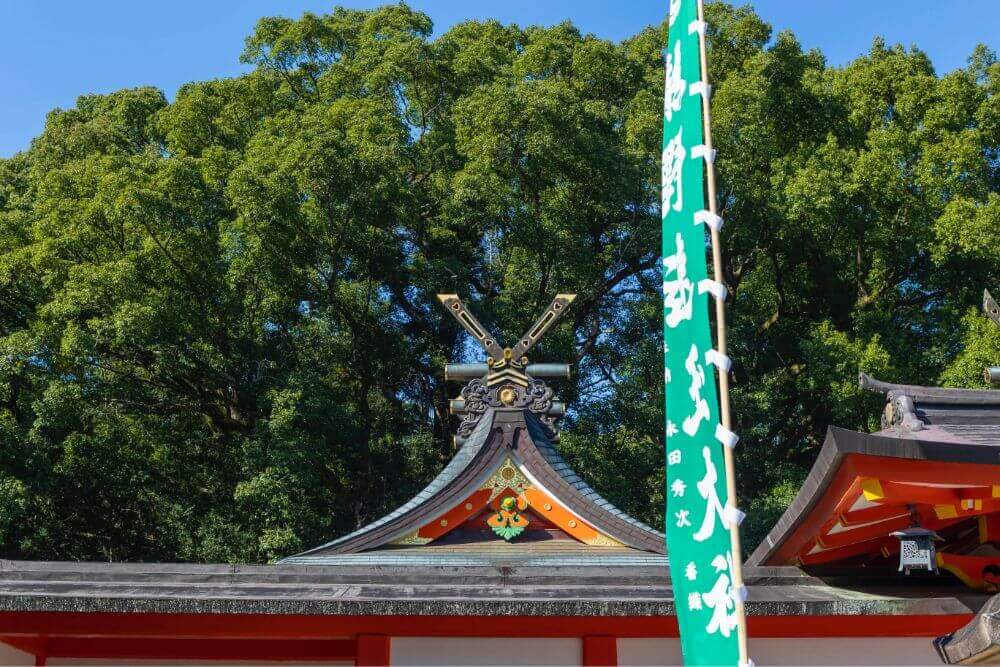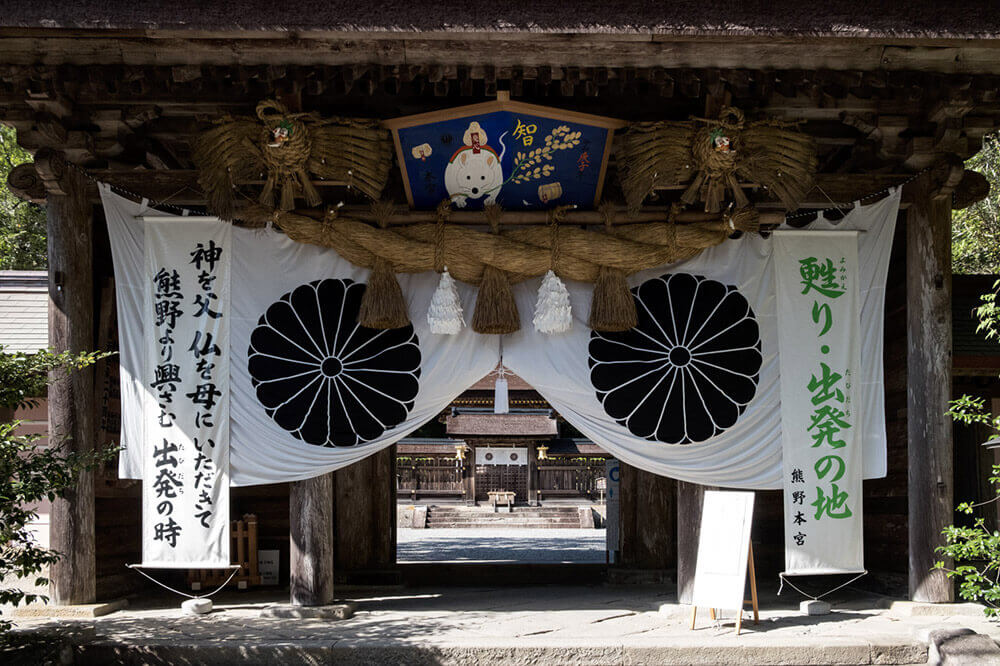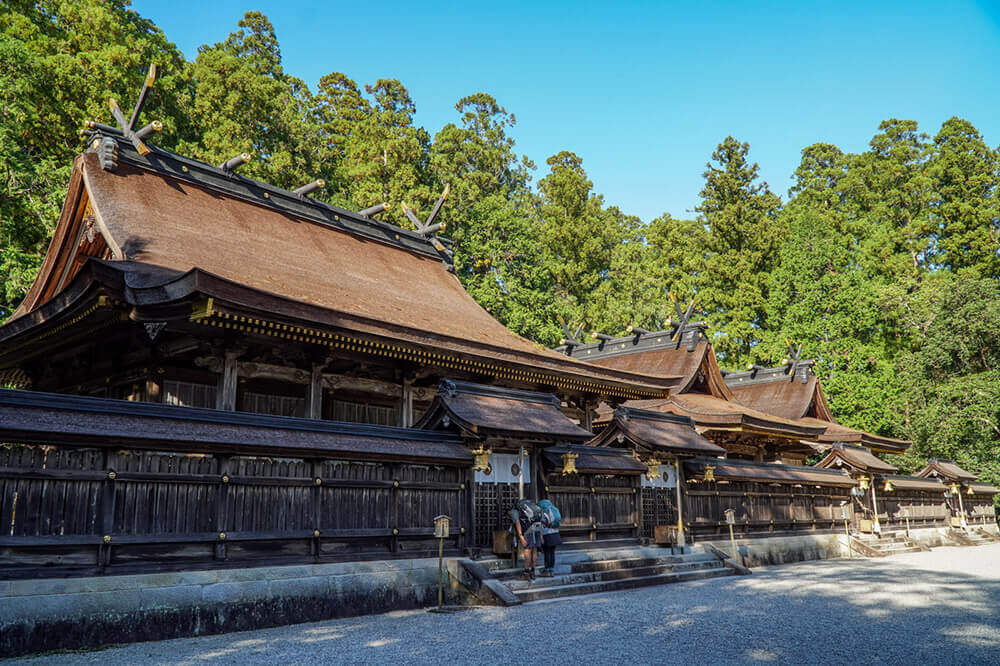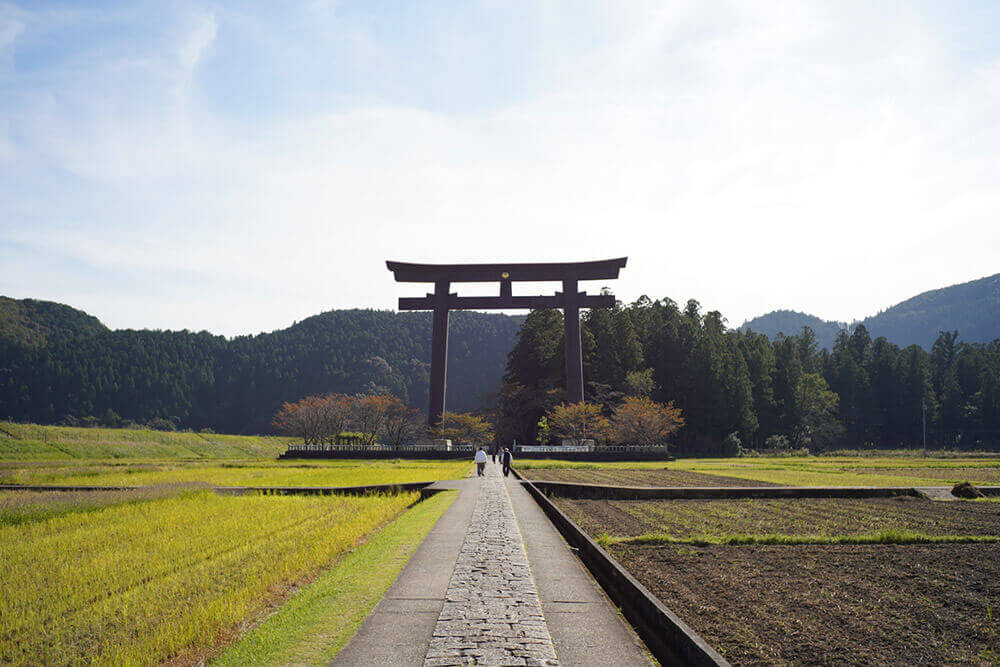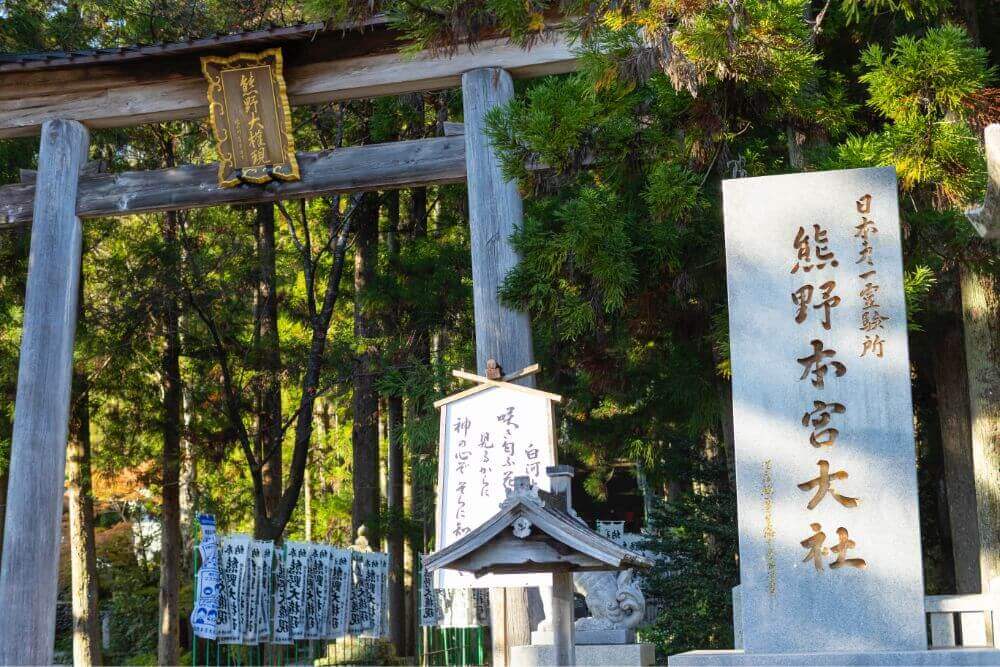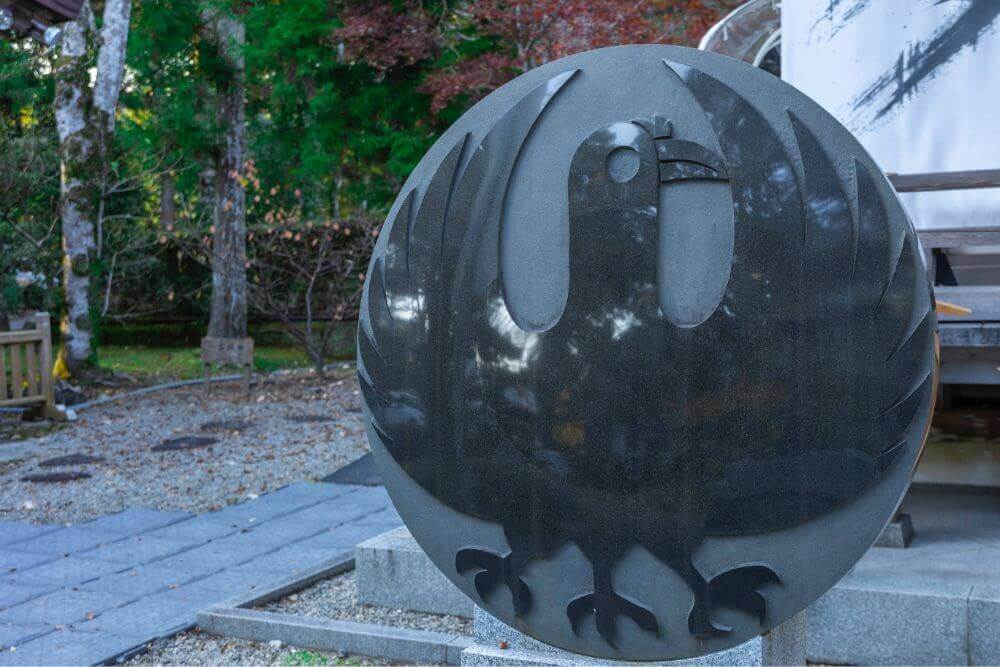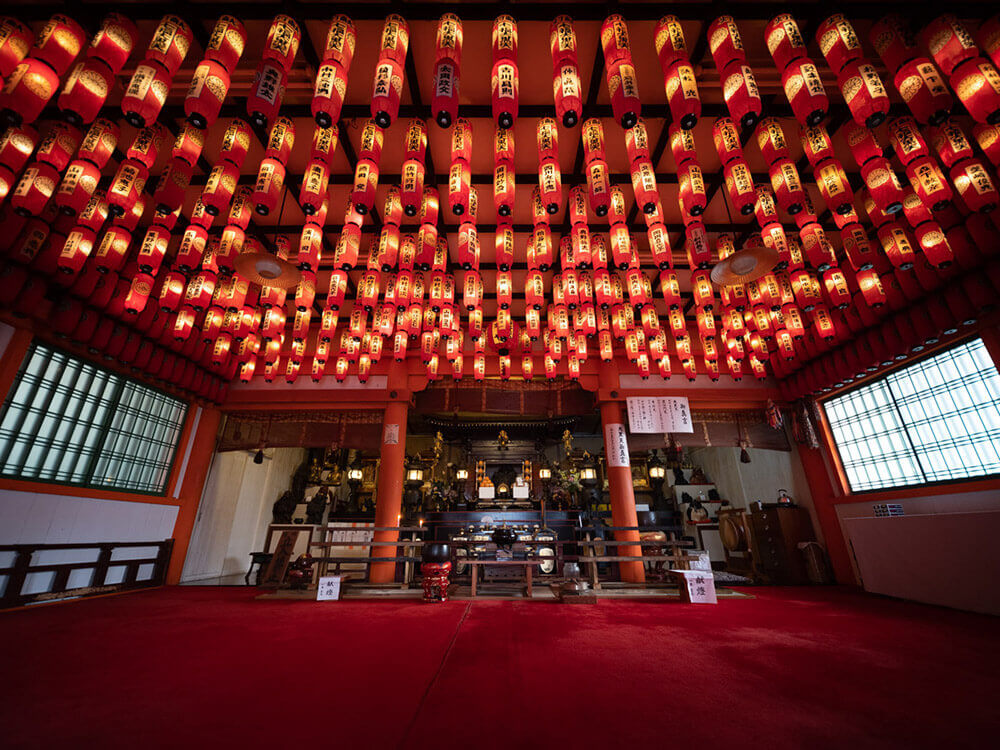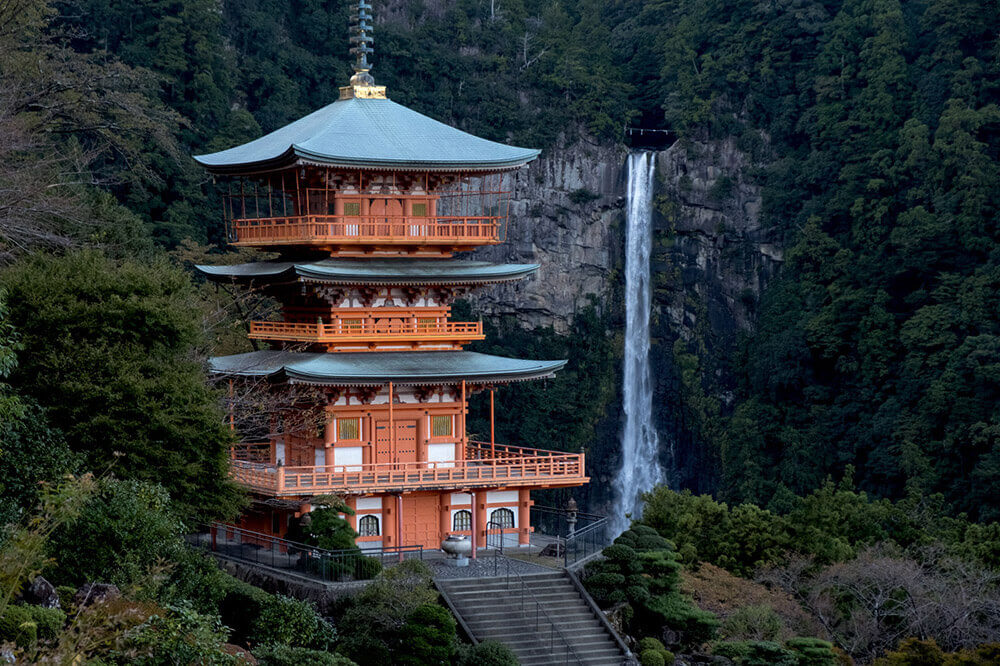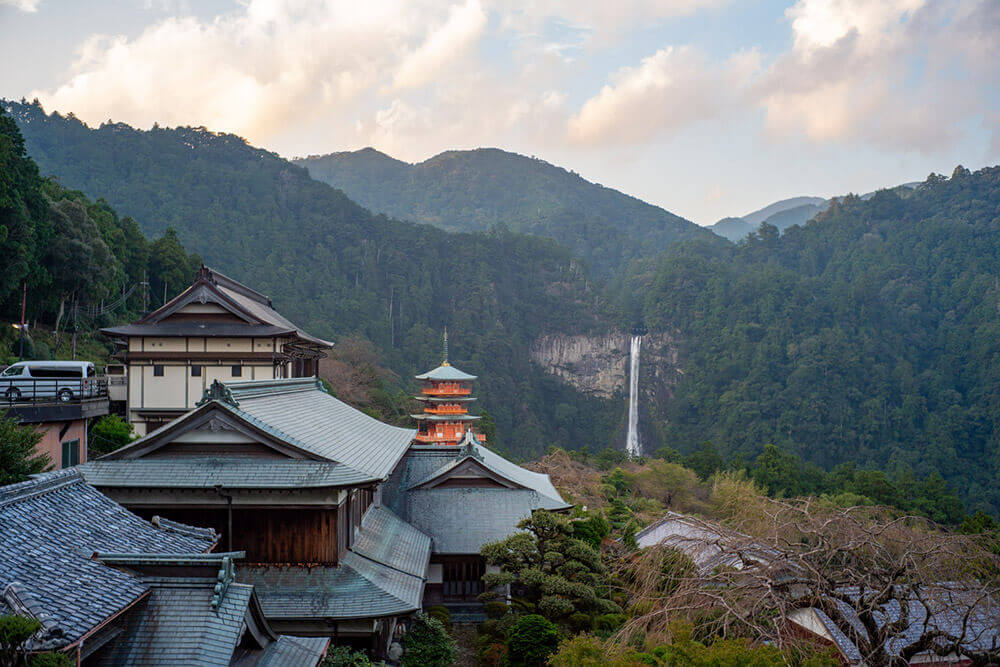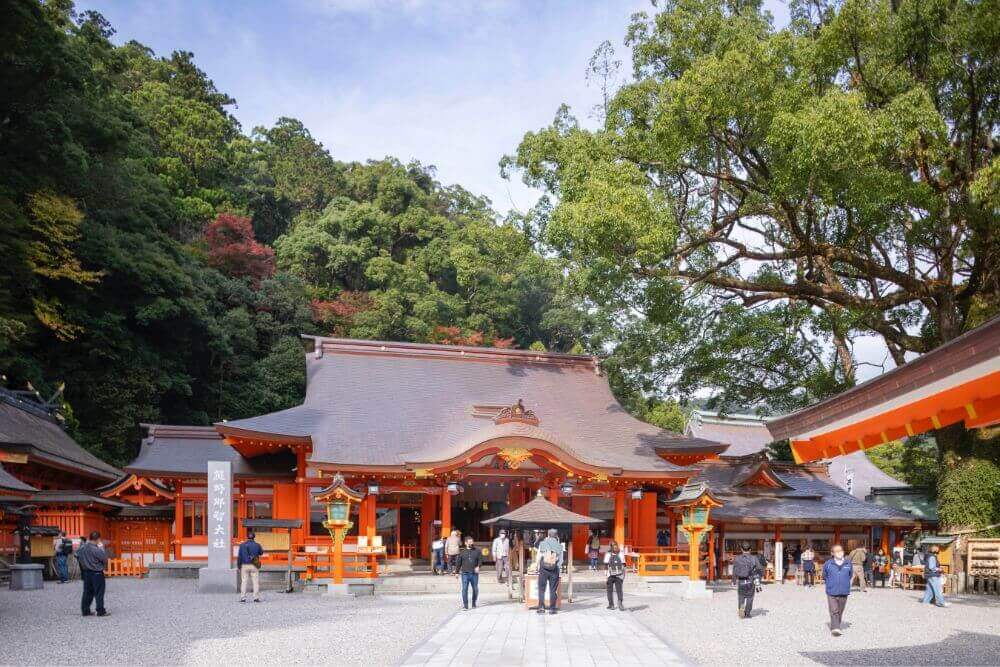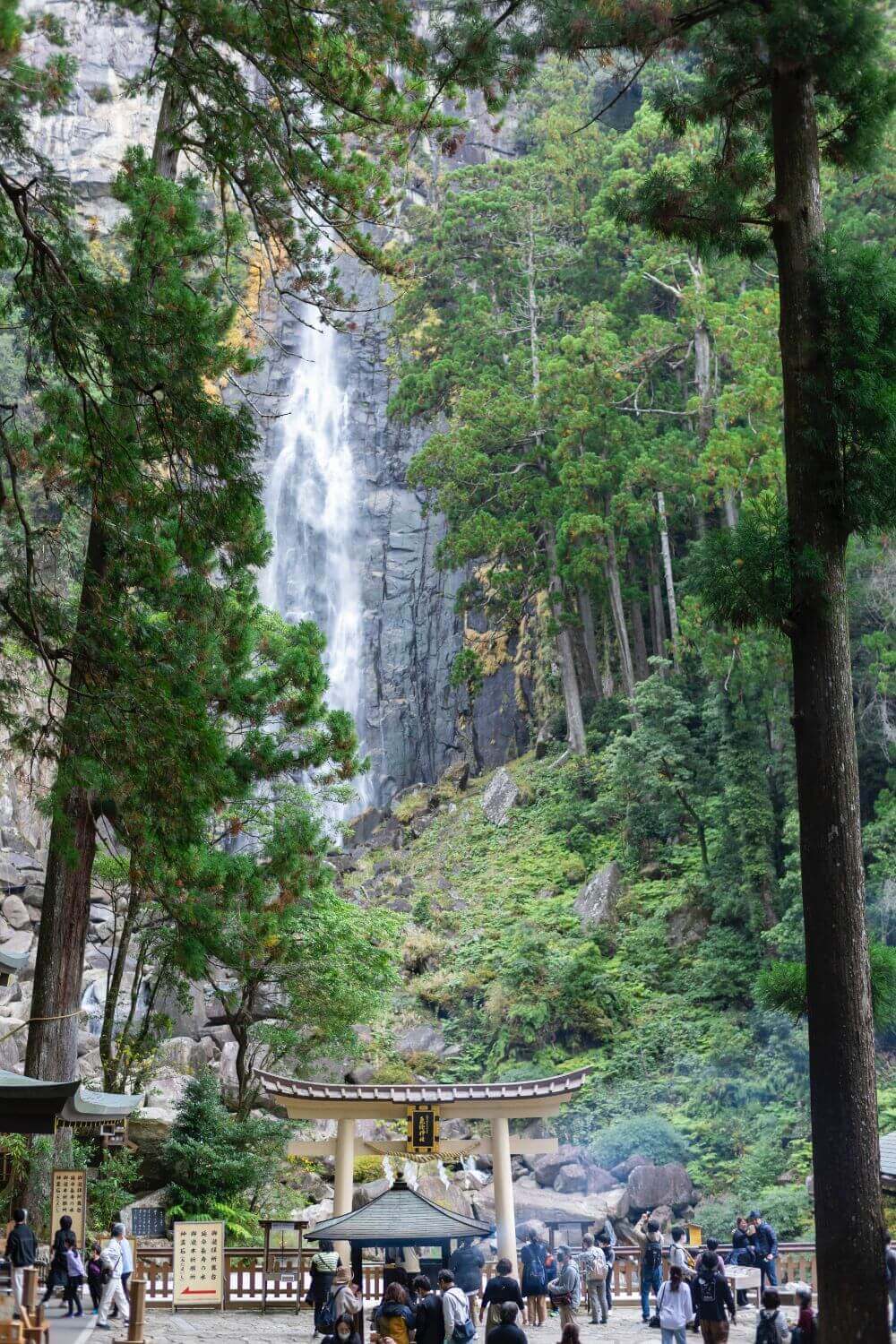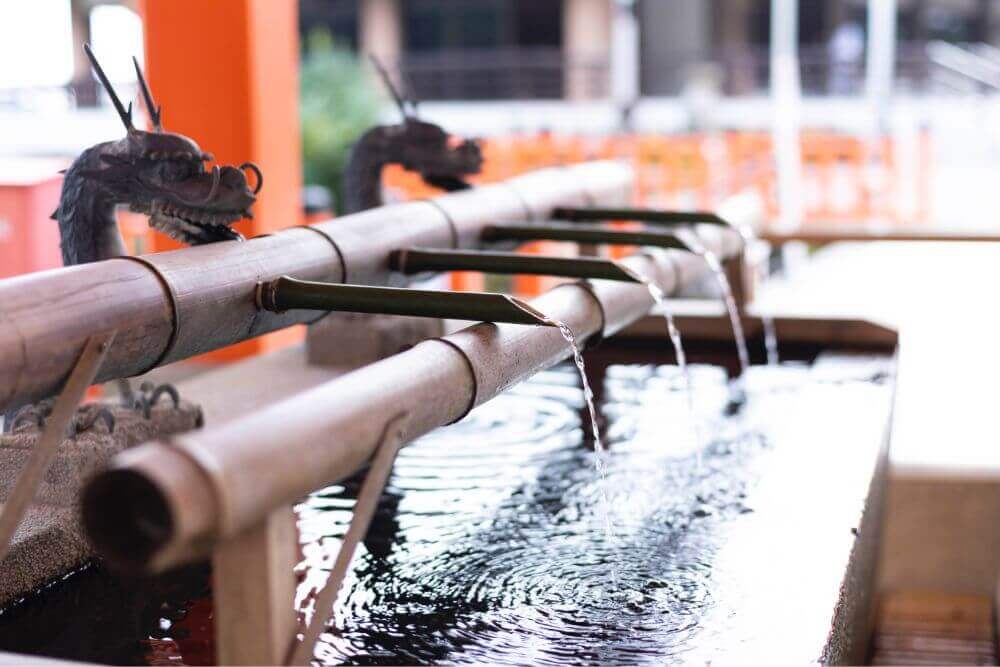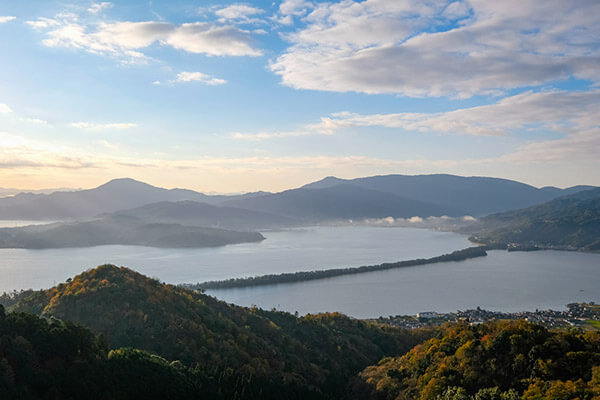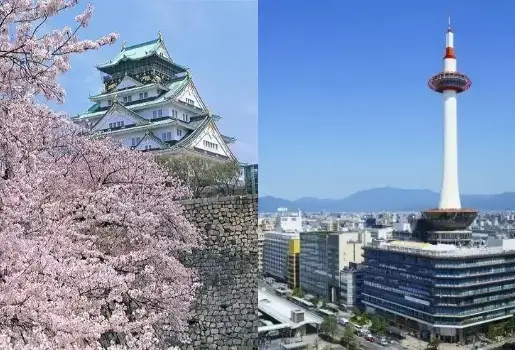KII PENINSULA
Pilgrimage to Japan's Spiritual Origins
Overview
The sacred sites and pilgrimage routes running through the Kii Mountains are renowned as some of the most powerful spiritual spots in Japan: places where you can feel in harmony with some of the country's most awe-inspiring nature. The Kumano Kodo pilgrimage routes have inspired pilgrims for millennium. They lead to three sacred sites, offering them a chance to sense the very origins of spirituality in Japan, connecting the Kumano Sanzan, the three Grand Shrines at the heart of Japan's spiritual culture—harmoniously blending the indigenous Shinto beliefs and Buddhism. The Kumano Kodo passes through lush forests and isolated villages with panoramic mountain vistas. Sites such as the Hana-no-iwaya shrine and the Daimonzaka stone staircase which overflow with spiritual energy. In the Kii Peninsula you can trace the steps of pilgrims past. Travelers can soothe their mind, body, and soul in the unique onsen (hot springs) along the way. These thermal springs are a source of purification and miraculous healing powers.
Recommended Spots
-
The ancient path between Odomari and Kimoto in Kumano City is paved with stone, and bamboo grove surrounded pass, stands a Jizo statue, which is said to have been shot by a gun. The plum grove along the way offers a panoramic view of Shichiri-Mihama.Audio Guide
-
The Hana no Iwaya Shrine is one of Japan's oldest shrines. A 45 meter-high rock, mentioned in the ancient Chronicles of Japan, is said to be the grave of Izanami-no-Mikoto, the mother of the gods in Japanese mythology.Audio Guide
-
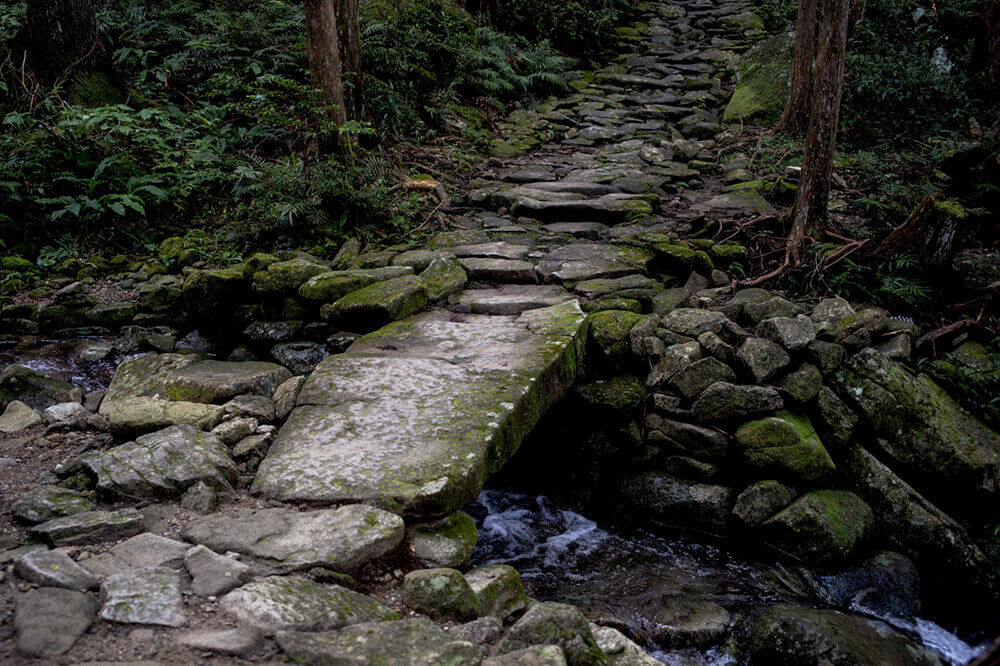 The Magose Toge Pass is a beautiful ancient stone-lined path along the World Heritage Kumano Kodo pilgrimage route. Walk through beautiful atmospheric cypress forests to Mt. Tengura, an experience that will bring you closer to the ancient pilgrims.Audio Guide
The Magose Toge Pass is a beautiful ancient stone-lined path along the World Heritage Kumano Kodo pilgrimage route. Walk through beautiful atmospheric cypress forests to Mt. Tengura, an experience that will bring you closer to the ancient pilgrims.Audio Guide -
Daimonzaka slope, part of one of Japan's three ancient roads, the Kumano Kodo, is a picturesque sight with mossy paving stones surrounded by giant cedar trees. The stone torii gate and the vermilion-lacquered Furikase Bridge at nearby Nachi are said to be the point of separation between the sacred and secular worlds.Audio Guide
-
Kumano Hayatama Taisha Grand Shrine is located near the mouth of the Kumanogawa River in Shingu city. Established almost 1900 years ago, its striking vermillion main building enshrines the deities of a married couple. In ancient times, it was widely known as a sacred site of healing and revival that pilgrims would journey arduously to reach. Within the shrine grounds stands the Nagi, a thousand-year-old sacred tree believed to protect worshippers.Audio Guide
-
Kumano Hongu Taisha Grand Shrine seems to be hiding in the surrounding forest. This remarkable wooden Shinto shrine was built without any nails, instead relying only on intricate joint work to connect the wooden building materials. Sacred to practitioners of Buddhism, Mikkyo (esoteric Buddhism), and Shugendo, this historic religious site is rooted in more than two thousand years of nature worship. Walk some five minutes from the shrine and you will find a giant torii (shrine gate), at Oyunohara, where Kumano Hongu Taisha was originally located and the deities enshrined here are believed to have first descended to earth.Audio Guide
-
Kumano Nachi Taisha Grand Shrine can be accessed by climbing a cobbled shrine approach, after climbing the moss-covered stone staircase of 473 steps known as Daimonzaka. The shrine, sitting midway up Mt.Nachi, offers panoramic views of the surrounding mountains and the Pacific Ocean. It is highly photogenic: the vermillion of its torii shrine gate and buildings contrasts beautifully with the green mountain foliage. Nearby Nachi Falls, a waterfall with a drop of some 133m, is a tangible reminder of how nature can be both awesome and sacred.Audio Guide
-
 Koyasan is a sacred site for Japanese Buddhism established by Kobo Daishi. The name Kongobuji refers not only to the main temple, but also to the entirety of the Koyasan temple complex. It covers an expansive area of 159,373.5 m2 and contains 117 temples, of which 51 are used as quarters and offer lodging to all visitors to the temple.
Koyasan is a sacred site for Japanese Buddhism established by Kobo Daishi. The name Kongobuji refers not only to the main temple, but also to the entirety of the Koyasan temple complex. It covers an expansive area of 159,373.5 m2 and contains 117 temples, of which 51 are used as quarters and offer lodging to all visitors to the temple.
https://www.koyasan.or.jp/en/zentop/ -
 Danjo Garan is a temple complex revered alongside Okunoin as one of the great sacred sites of Koyasan. First established by Kobo Daishi, it is home to 19 buildings including the Konpon Daito Pagoda and the Golden Hall. The Konpon Daito Pagoda is especially remarkable. The inside is decorated with the 16 Bodhisattvas — a sight that must be seen.
Danjo Garan is a temple complex revered alongside Okunoin as one of the great sacred sites of Koyasan. First established by Kobo Daishi, it is home to 19 buildings including the Konpon Daito Pagoda and the Golden Hall. The Konpon Daito Pagoda is especially remarkable. The inside is decorated with the 16 Bodhisattvas — a sight that must be seen. -
 Okunoin is a sacred cemetery in Koyasan. Along the main path, you will find the tombstones of daimyo of the Warring States period, such as Oda Nobunaga, Takeda Shingen, and Toyotomi Hideyoshi. As it is a sacred site, photography is forbidden beyond the Gobyobashi Bridge. Please ensure you are dressed appropriately and bow before crossing. Awaiting you is Torodo Hall, or the Hall of Lamps. It has more than 20,000 lanterns, and some eternal flames which are said to be burning more than 1000 years. Deeper within the grounds of Okunoin is the Mausoleum of Kobo Daishi, who is believed to rest there in eternal meditation . You can watch the offering ritual, which is performed twice per day and has been continued for over a thousand years.
Okunoin is a sacred cemetery in Koyasan. Along the main path, you will find the tombstones of daimyo of the Warring States period, such as Oda Nobunaga, Takeda Shingen, and Toyotomi Hideyoshi. As it is a sacred site, photography is forbidden beyond the Gobyobashi Bridge. Please ensure you are dressed appropriately and bow before crossing. Awaiting you is Torodo Hall, or the Hall of Lamps. It has more than 20,000 lanterns, and some eternal flames which are said to be burning more than 1000 years. Deeper within the grounds of Okunoin is the Mausoleum of Kobo Daishi, who is believed to rest there in eternal meditation . You can watch the offering ritual, which is performed twice per day and has been continued for over a thousand years. -
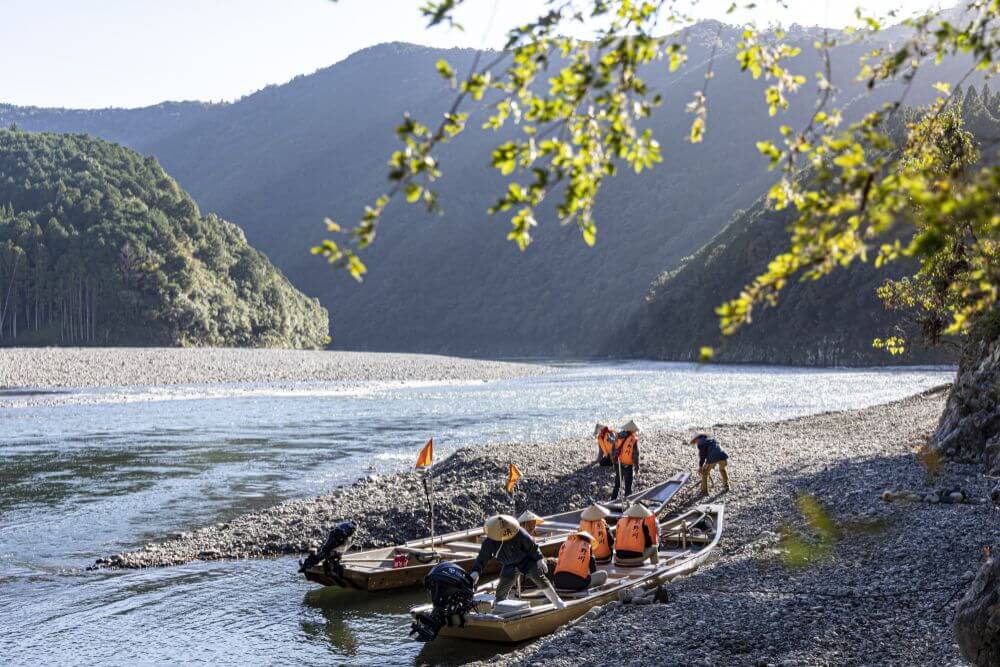
Dorokyo is a grand canyon designated as a National Special Place of Scenic Beauty. You can take a Japanese-style boat and listen to the boatman's guide as you cruise through the beautiful scenery.
Feel the ancient nature of the cliffs, huge rocks, crystal clear water, and majestic mountains.
-
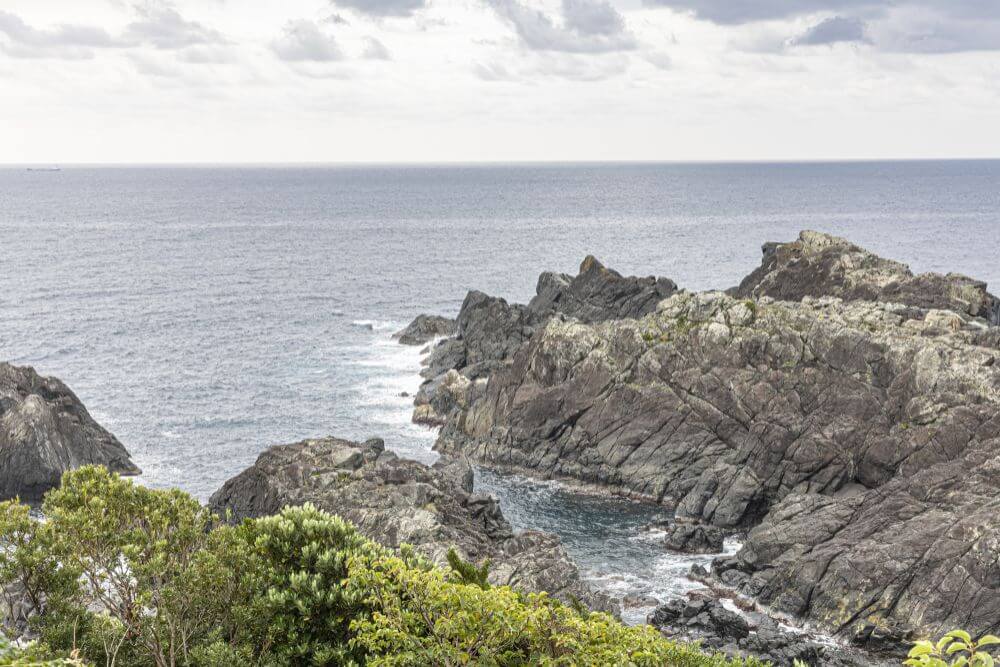
The Nanki-Kumano Geopark features three different geological bodies created as a result of plate subduction. The unique landscapes created by these geological bodies, the wide variety of flora and fauna due to the warm and humid climate, and the Kumano worship that was born from these landscapes, allow visitors to experience a great deal of nature and culture.
